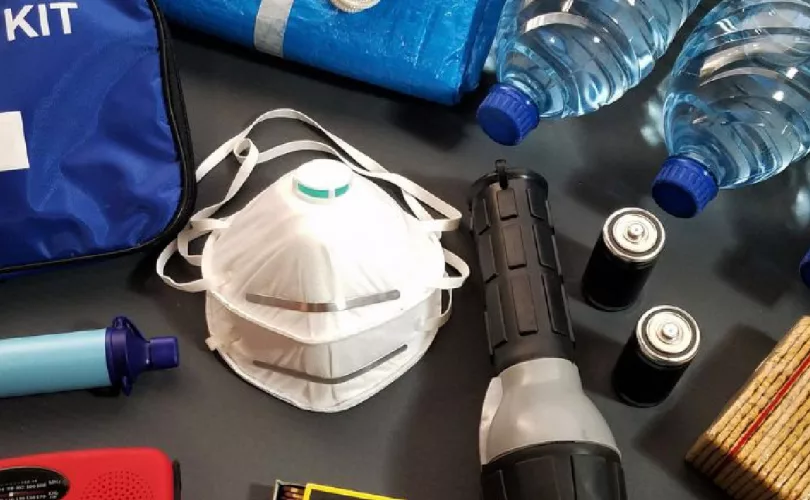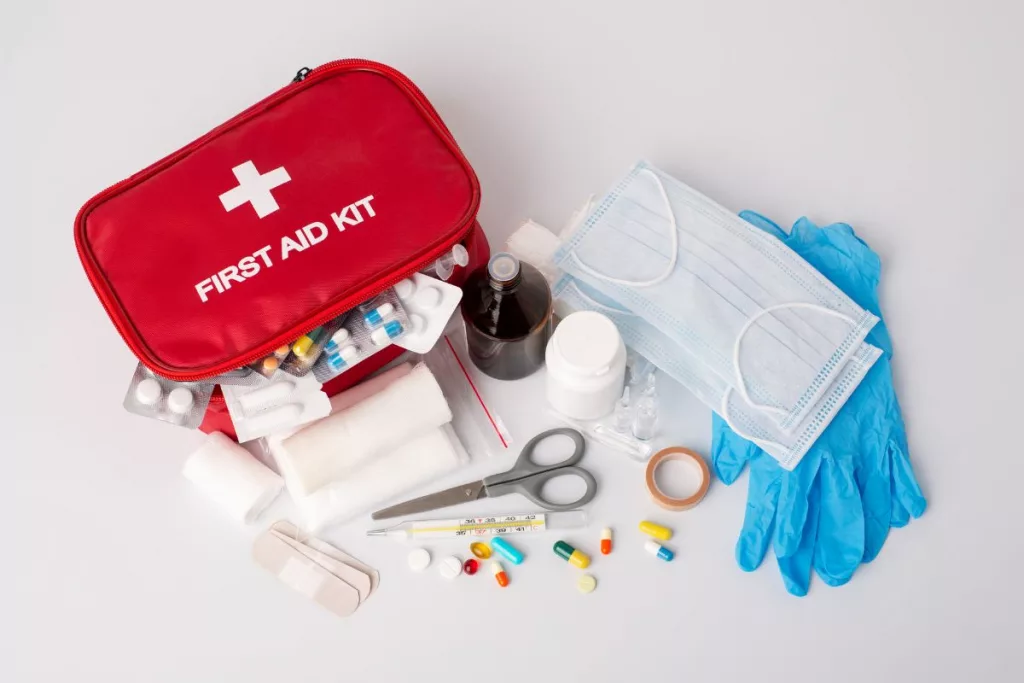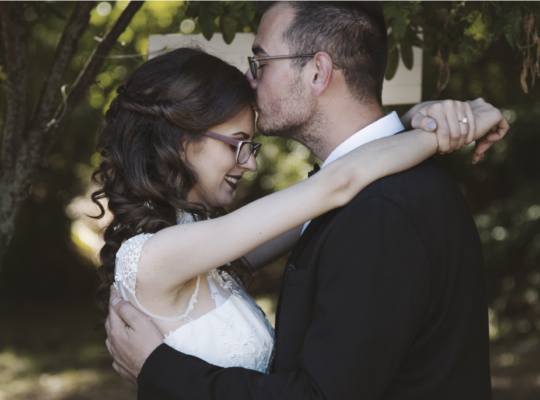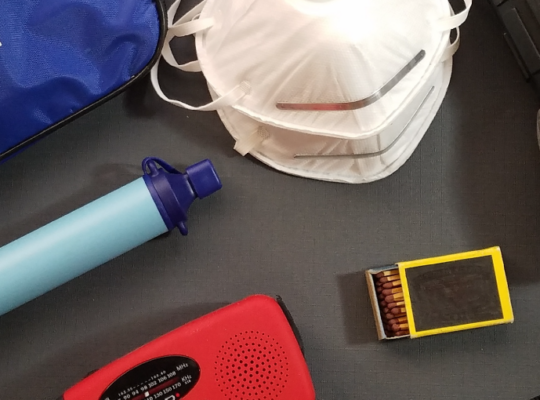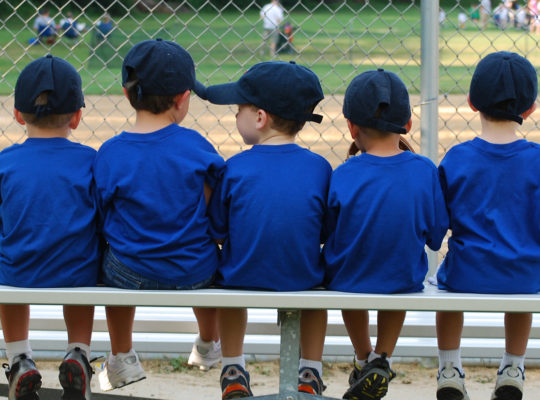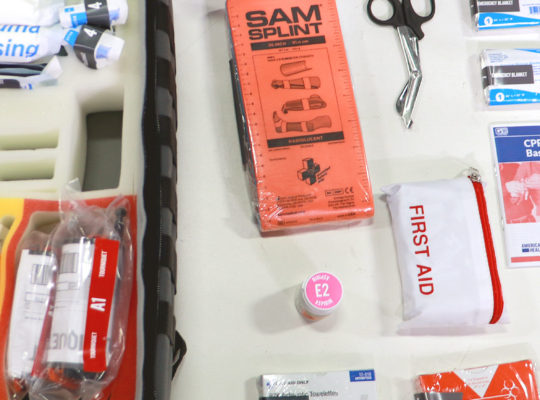If you have just moved into a new home, or maybe have started to think about first aiding with kids on the way, you may wonder how many first aid kits you might need, both in and out of the home.
There’s no point having a first aid kit intubation bag if you don’t have access to one when you need it, so we have some tips and tricks to help you figure out and plan where you should strategically place your first aid kits.
Keep reading to learn more about first aiding, using first aid kits, and where they should be in your home as well as outside your home. Find out all this and more below.
What Is A First Aid Kit?
A first aid kit, sometimes called a med-box, or medical kit, is a contained and portable box where you store necessary medical duffle bag.
Being portable, first aid kits can be strategically placed in multiple areas of your home if necessary, but also in other places you might need them, such as your car, at work, or even on your person.
It’s certainly important to keep your first aid kit well stocked to deal with minor injuries in everyday life.
A first aid box isn’t designed to be used to treat serious injuries, rather it is a way to prevent minor injuries from becoming major.
In addition first aid kits can be used where emergencies occur in lieu of proper medical equipment, perhaps while waiting for an ambulance.
A basic first aid kit should contain, although is not limited to:
- Plasters of varying size
- Sterile dressings of various size
- Sterile eye dressings
- Safety pins
- Sterile gloves
- Tweezers
- Small scissors
- Sterile cleansing wipes
- Bandage tape
- Digital thermometer
- Antiseptic cream for insect bites
- Painkillers
- Antihistamine cream and tablets
- Eye Wash
General Tips For First Aid Kits
First off, in terms of where you store your first aid kit there are some general pointers we should make sure of.
Make sure you store your first aid kit in places where all adults can reach, if there is a small adult in the house bear this in mind when placing the first aid kit.
Notably, all adults in the house trusted to use the first aid kit should all be privy to the locations of all first aid kits so they can access them when necessary.
Similarly, we should be careful not to put our first aid kits where children can reach them, while it should be at your discretion if adolescent children should be aware of their location.
Finally, it’s important that you make sure your first aid kits are well stocked, if they aren’t well stocked their utility becomes redundant.
It can be helpful to set up reminders to do stock checks on all your first aid kits every couple of months, and keep a record of when you check them so that you can keep tabs on when your last re-stock was.
Also don’t forget to check whether the items are out of date or not as well.
How Many First Aid Kits Should You Have?
Perhaps a better way to tackle this question is to consider the number of locations we should have a first aid kit, and this can help us consider how many we should have.
For the most effective use of a first aid kit we need to make sure we are never too far from a well stocked first aid kit so that when emergencies occur, as spontaneously as they often do, we have all our bases covered.
In The Home
Depending on the size of your home, and the degree at which you encounter potential danger, the amount of first aid kits you need can change.
In a small studio flat with one or two people, one first aid kit can suffice should every know where it is, and that it is well stocked.
This said, the bigger your house, and the risk of danger, the more first aid kits you should have. For instance, it can be useful to have a first aid kit on each floor of your house, so you can have easy access.
If you have to run up a flight of stairs to search for the first aid kit, you are defeating the point.
If you have an extensive garden or perhaps a garage or shed that you often use, perhaps even with dangerous tools around, you should also make sure that you have a first aid kit in these outdoor areas where dangers are more common. Additionally, keeping an emergency dental kit in your home can be crucial for addressing sudden dental issues, such as a lost filling or tooth pain, before seeing a professional.
If there are any places in your home where danger is more common, perhaps a studio or workstation, it makes sense to keep a first aid kit there.
The best way to figure out where and how many first aid kits you need is to do a risk assessment of your home.
In your kitchen, for example, you are way more likely to cut yourself, etc, so a first aid kit should be close by.
On The Go
For what it’s worth, having a first aid kit on the go can be really helpful.
You never know when you will need a bandage or tweezers for a splinter, and having a first aid kit on the go means that you can also help out others who may also need minor injuries treating.
Whether that means having a small first aid kit in your backpack or handbag, with enough to treat common minor injuries, or that means having a fully stocked first aid kit in your car at all times. You can also take EMS bags for taking first aid on your trip.
This means that no matter where you are you can still treat minor injuries.
At Work
No matter where your work, it can be worthwhile having a first aid kit in your locker or in your office space.
While most work areas have first aid kits by law, you can be unsure whether they are fully stocked or not.
For what it’s worth, it can be worthwhile to have a first aid kit close to you in any working situation to deal with things from a paper cut to a minor injury caused by a power tool.
Final Thoughts
As you can tell, there isn’t a straight answer to how many first aid kits you should have, although there is a clear way of maintaining them and locating them in your home.
At a minimum you should have at least three: one at home, one at work, and one when you are on the go.
This can change drastically depending on your home, its size, and the degree of risk you encounter in your daily life.
If you do lots of gardening for example, it makes sense to have one outside, if your house is particularly large it can make sense to have one for each floor of the house.
The best way to figure out how many you need is to do a risk assessment of your home, understand where potential dangers lie and where a first aid kit is most useful, and then plan accordingly.
On top of having your first aid kits mapped out, we should also endeavor to make sure they are fully stocked to be truly effective.

